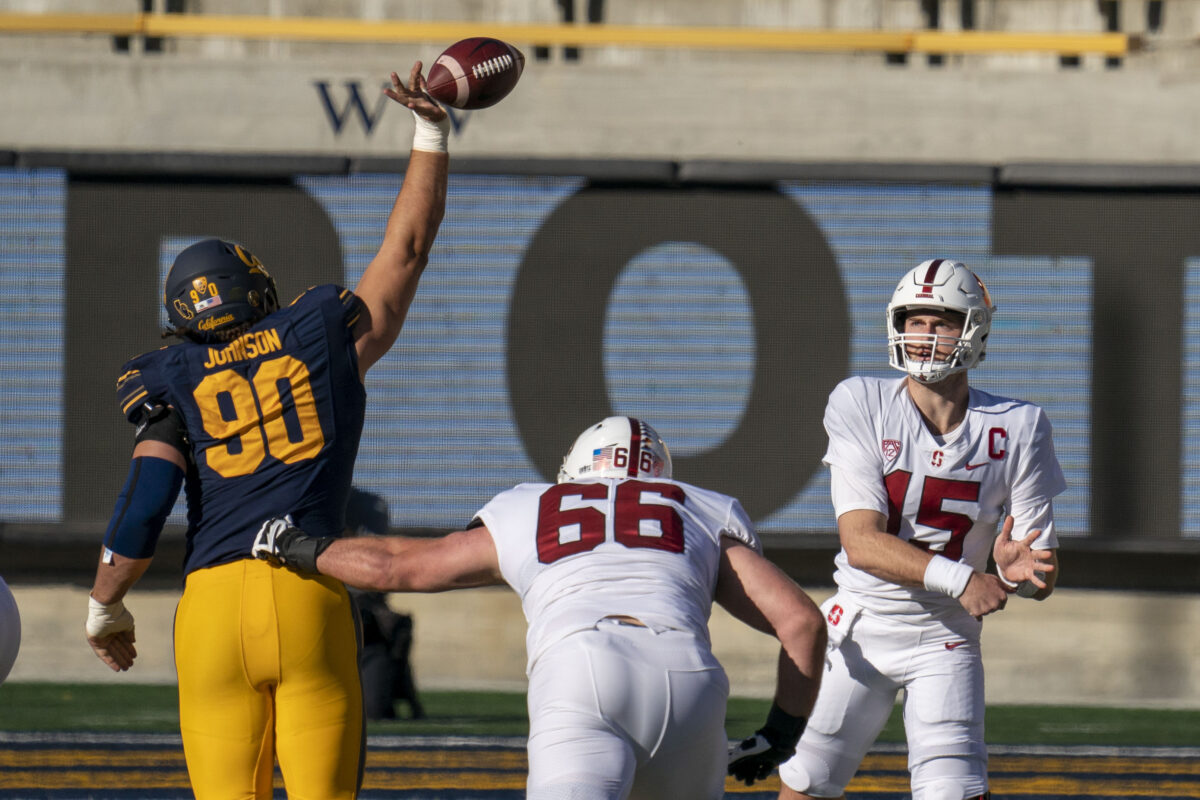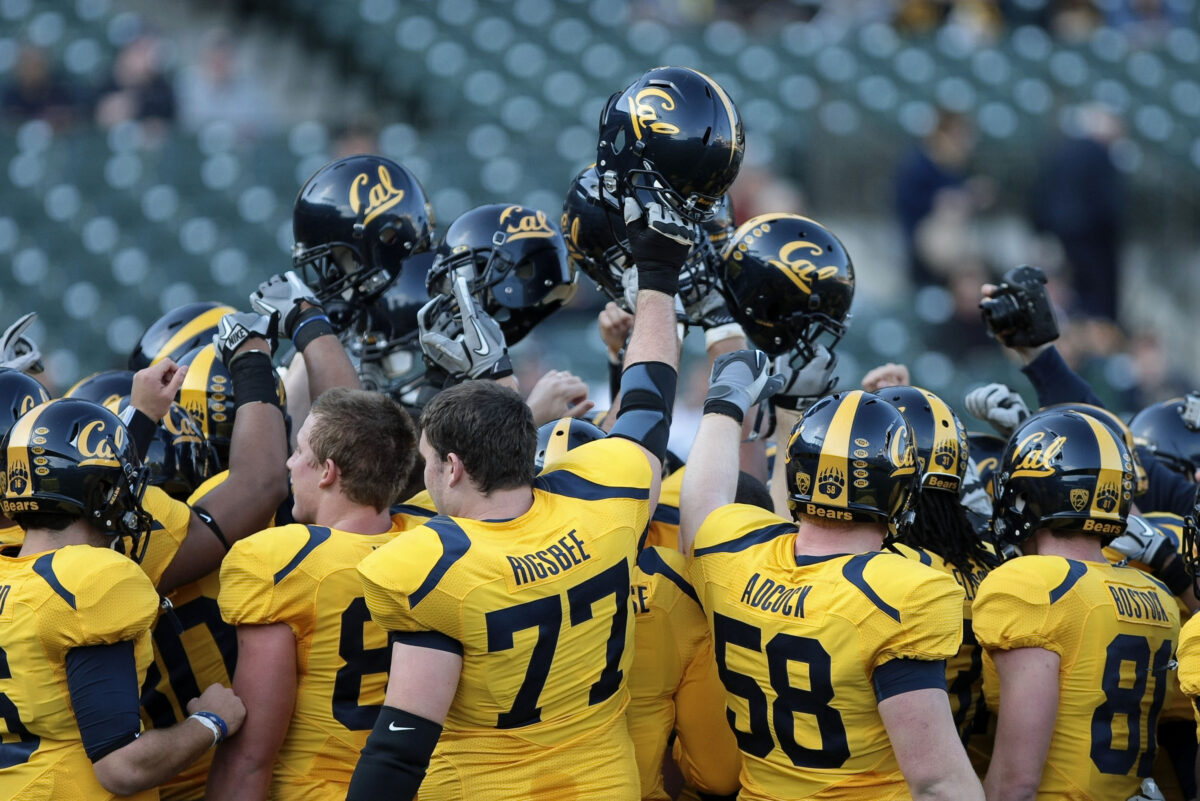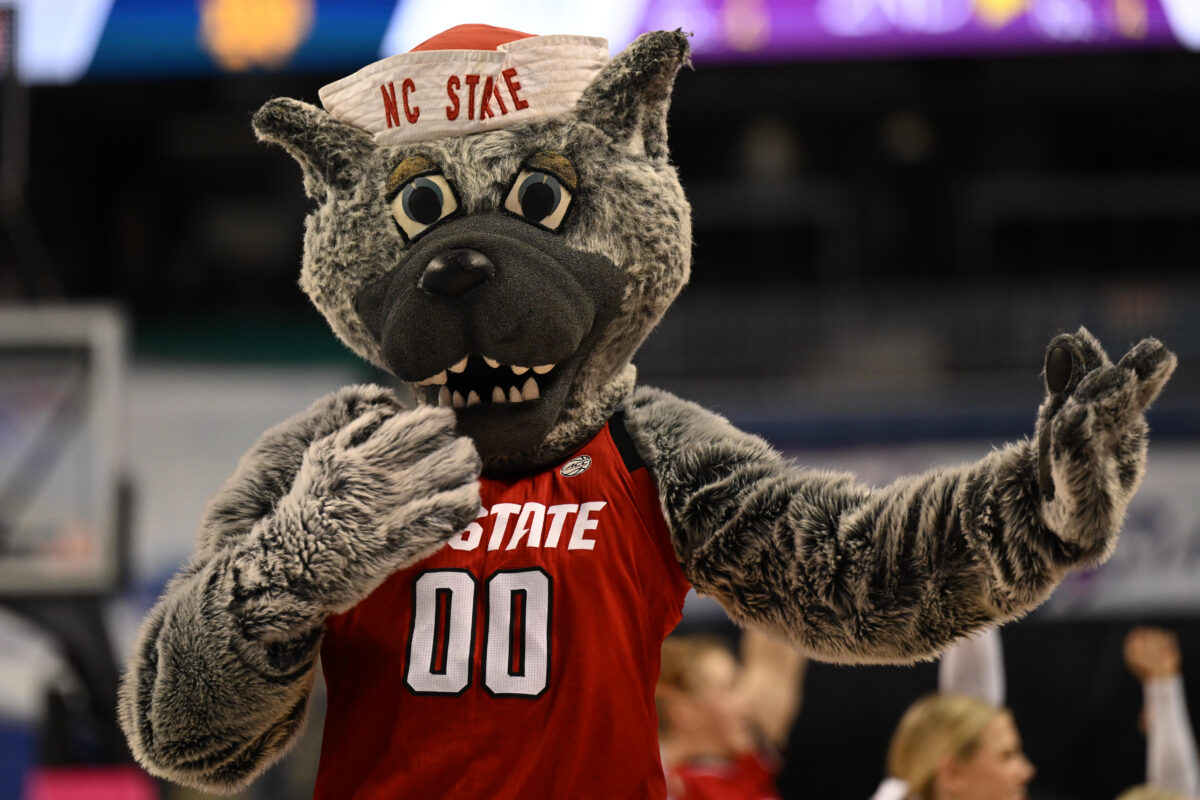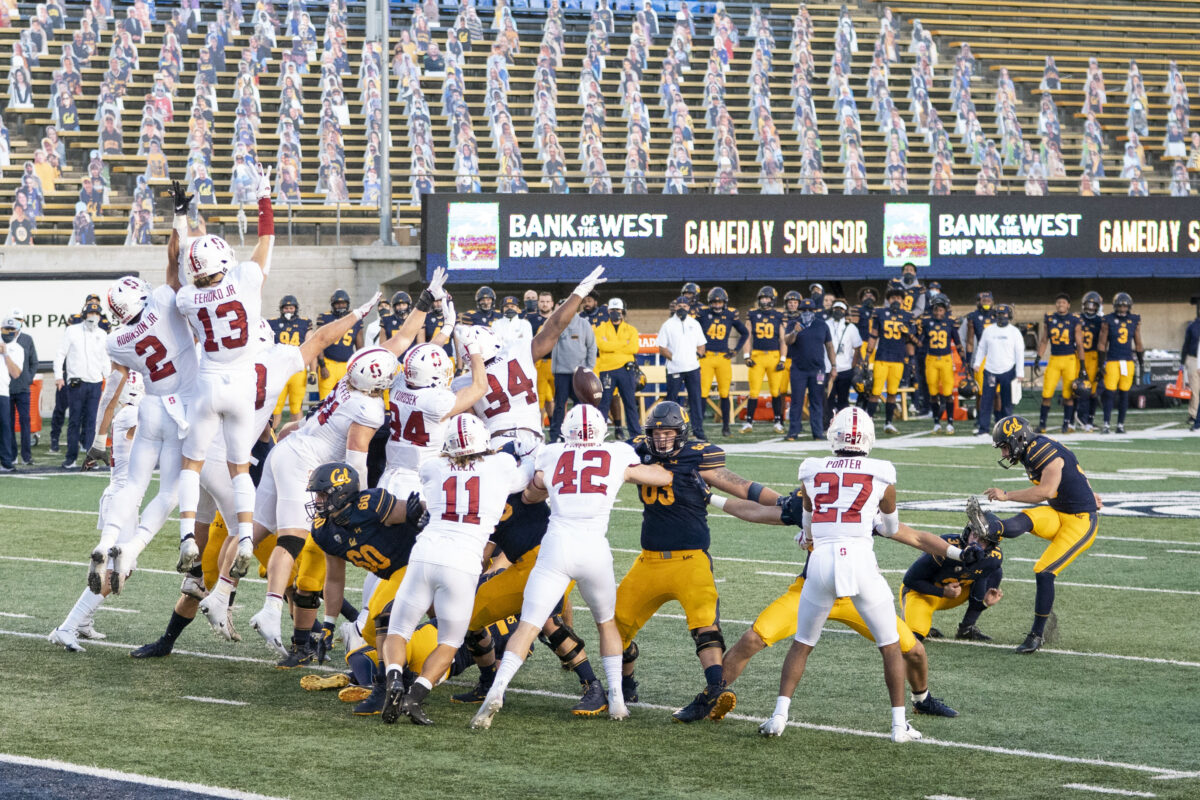As soon as Florida State was snubbed in the College Football Playoff selection process, a lot of people who follow college football realized how big a deal that was. It was clear that Florida State wasn’t just going to sit down and quietly accept that ruling. The Seminoles were unbeaten as a Power Five conference champion, and yet they got left out. Alabama, which lost a game, got in over the Seminoles.
Florida State — the school — was mad at ESPN. It was mad at the SEC. It was also mad that its own conference, the ACC, is viewed as second-rate compared to the SEC and therefore played a role in the big snub. The Seminoles had already expressed a lot of dissatisfaction with the ACC. The playoff snub made sure they were going to try to leave the ACC as soon as possible.
Now we have news which affirms that point. Florida State has in fact filed a lawsuit against the ACC. It’s a move to get out of the conference and blow up the existing conference structure. It raises the point of whether Stanford and Cal should feel safe in the ACC. It raises the point of whether this whole realignment map is going to remain intact. So many questions exist.
Here are the main details to know about, from Pete Thamel of ESPN and others. Everyone across the country is reacting to this:







